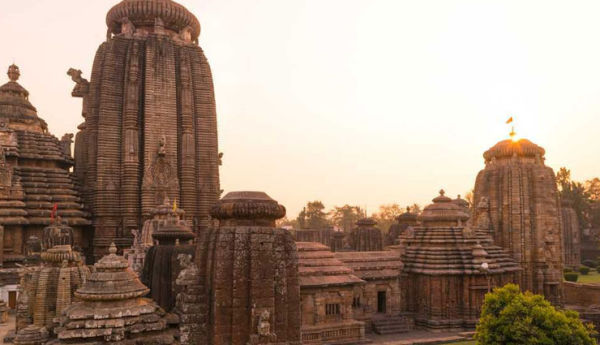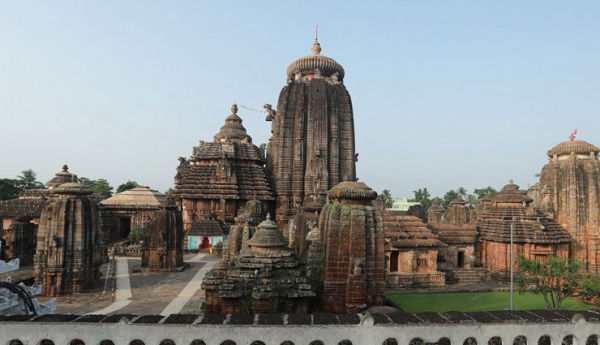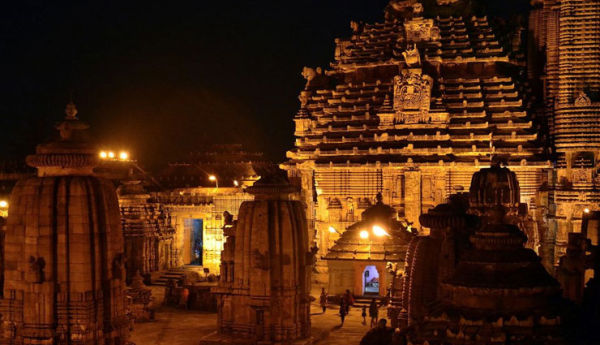
Lingaraja Temple in Bhubaneswar, Odisha, is one of the oldest and most significant temples dedicated to Lord Shiva. It is an architectural masterpiece and a major pilgrimage site for devotees of Shiva. Lingaraja Temple, one of India’s most magnificent and ancient temples, stands as a testament to Bhubaneswar’s rich cultural and spiritual heritage. Dedicated to Lord Shiva, this architectural masterpiece showcases the brilliance of Kalinga-style design, with its soaring spires, intricate carvings, and deep religious significance. A symbol of devotion and artistic excellence, it remains a revered pilgrimage site and an architectural marvel.
In this blog, we will delve into its fascinating history, architectural grandeur, rituals, timings, location, travel tips, and nearby attractions to help you plan your visit.

History of Lingaraja Temple
Dating back to the 11th century, Lingaraja Temple was built during the reign of the Somavamsi dynasty, though some historians believe parts of it existed as early as the 6th century. This temple beautifully blends Kalinga architecture with deep-rooted Hindu traditions, making it a significant landmark in Odisha’s spiritual and cultural landscape.
Unlike most Shiva temples where the deity is worshipped in a lingam form, Lingaraja Temple enshrines a self-manifested lingam, known as ‘Swayambhu’. Daily rituals include sacred ablutions with milk, water, and bhang.
Standing tall for centuries, Lingaraja Temple continues to draw devotees and history enthusiasts, symbolizing Odisha’s architectural and spiritual legacy.

Architecture & Significance of Lingaraja Temple
Lingaraja Temple is an outstanding example of Kalinga-style architecture, covering an expansive 250,000 square feet, enclosed by a massive boundary wall. The temple complex consists of four primary structures:
- Vimana (Sanctum Sanctorum) – The temple’s towering spire rises to 180 feet, making it the tallest structure in Bhubaneswar.
- Jagamohana (Assembly Hall) – A gathering space for devotees to offer prayers.
- Bhoga Mandapa (Hall of Offerings) – Where offerings are presented to the deity before being distributed to devotees.
The temple complex houses over 150 smaller shrines, dedicated to various Hindu deities such as Parvati, Ganesha, Kartikeya, and Nandi. Adjacent to the temple is the sacred Bindusagar Lake, believed to have been created by Lord Shiva himself, adding to the temple’s spiritual aura.
Lingaraja Temple remains an architectural wonder and a sacred site, drawing thousands of visitors who seek both divine blessings and a glimpse into Odisha’s glorious past.









